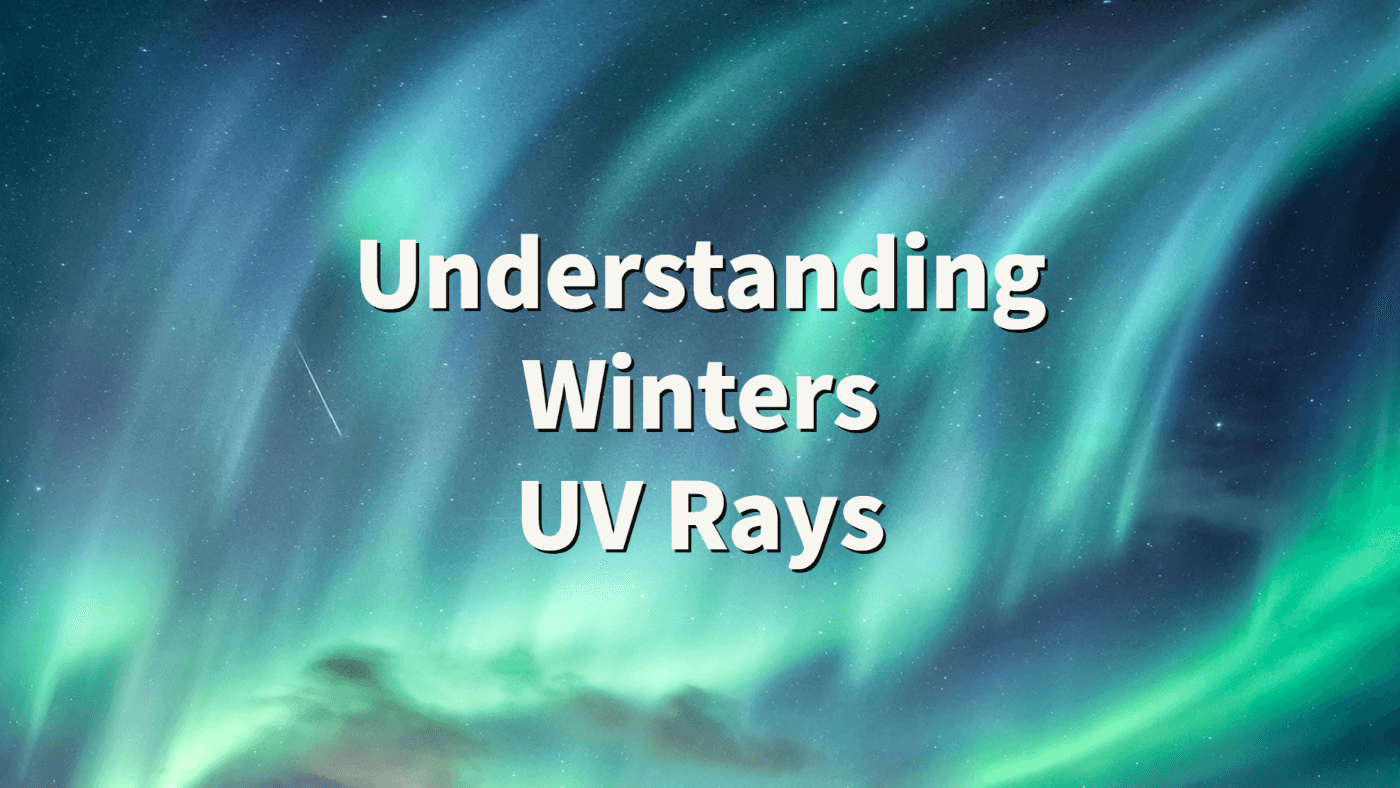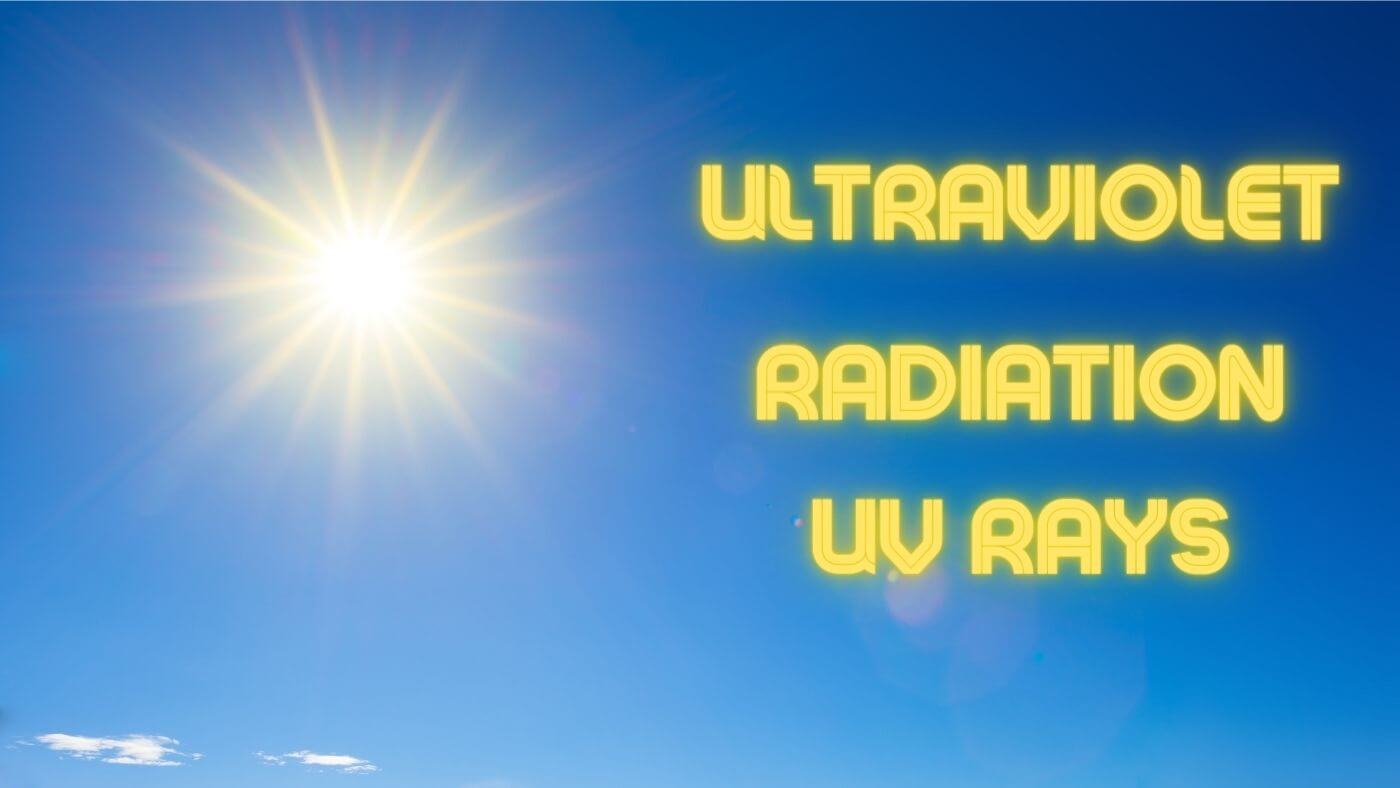The Misunderstanding of Winter Time UV Rays
The effects of ultraviolet (UV) rays are fully established in the literature. Many studies have associated harmful UV rays with the development of skin cancer. Some studies have also indicated that UV rays affect the hair as much as it affects the skin. For this reason, harmful UV rays will not only damage your hair follicles and cause hair loss but will also reduce the quality of your hair.
It is common for people to assume that the rays from the sun are not as powerful in winter as they are in summer. But this is false. In this article, we will explore the misunderstanding of wintertime UV rays and posit a practical measure that you can rely on to minimize the side effects of harmful UV rays.

How Winter UV Rays Compare to Summer UV Rays
UV rays from the sun aren’t so much different during the various climate seasons. Studies have shown that the amount of radiation from the sun is not influenced by the temperatures of the atmosphere. For this reason, the level of UV exposure that you can get on a cool day in winter is almost similar to the amount of exposure you get on a typical summer day.
The myth that UV rays are not equally strong during the cold winter months has led to unprecedented consequences of sunburns. The people who experience these sunburns during winter often confuse them with windburns after their skin turns red following a prolonged outdoor stay.
Many factors can increase the likelihood of UV damage in winter. For instance, it is known that snow will magnify the strength of UV rays. The fresh white now does this by reflecting a significant amount of sun rays, which can double your exposure to UV.
The reflective property of snow makes the UV rays in winter almost equal to that of summer; since the UV index is somewhat low in winter, the snow reflection nearly doubles it. The doubling then equates winter UV effects to summer-level UV exposure.
Moreover, UV rays are relatively stronger at higher altitudes. Current reports indicate that UV radiation levels increase by 10 percent for every one-kilometer increase in altitude. Therefore, if you are the type of person who goes snowboarding or skiing at high altitudes during winter, you should protect yourself against UV rays.
Effects of UV Rays on Exposed Scalp
There are two main effects of UV on the exposed scalp. Firstly, UVA and UVB have a direct effect on the hair follicles. As a result, direct UV exposure to the scalp can cause or worsen hair loss. UV reduces the quality of hair, and studies have reported a significant reduction in hair color among individuals who have experienced prolonged scalp exposure to UV rays.
Secondly, harmful UV rays are one of the leading causes of a type of skin cancer called melanoma. This type of cancer is among the most preventable forms of cancer. But when detected late, melanoma is usually fatal due to the difficulty in treating it. UV rays cause skin cancer through their direct injury to the cells of the scalp or skin.

How to Minimize the Impact of Winter Time UV Rays on Your Scalp
Protecting yourself from harmful sun rays in winter is relatively more straightforward than in summer. In winter, you are mostly covered up in warm clothes to avoid the cold. Nonetheless, you can utilize additional protective measures, especially on vulnerable parts of your body, such as the scalp, which may not be protected at all times, even during winter.
Sol Style sunscreen-infused pomade is one of the most effective scalp-care products with an impressive UV protection capability. The SPF 33 product packs a broad spectrum of activity; only a small amount of the product is sufficient to keep your scalp protected for a whole day.
Besides a daily dose of Sol Style sunscreen-infused pomade, you can avoid high-altitude places where the strength of UV rays is higher. Umbrellas, anti-UV tents, and UV protective sunglasses can also be used to protect other parts of the body from UV rays.
Conclusion
Research findings on the effect of UV rays on the scalp show that UVA and UVB are cytotoxic and contribute to damage to the cells. The damaged cells can develop into skin cancer cells over time, leading to one of the most preventable cancer forms, melanoma. You can use products such as the FDA-approved sunscreen-infused pomade to help protect your scalp from harmful UV rays, even during winter months.
Ellenberger, J., 2019. Sunscreen or winter screen. Pharmacy Magazine, 2019(7), pp.11-11.
Pääkkönen, R., Korpinen, L. and Gobba, F., 2018. Comparing Measurements of UV Radiation in Winter and Summer in Finland. International Journal of Health and Medical Engineering, 12(3), pp.71-74.
Sol Style Pomade with UV Protection SPF 33

$12.00
A professional pomade with the benefit of UV protection. Classic styling, medium hold, and a lightweight feel. Smooth, flexible, moisturizing, and rinses out clean. Made in the USA, Paraben-Free and Free Shipping.… read more




